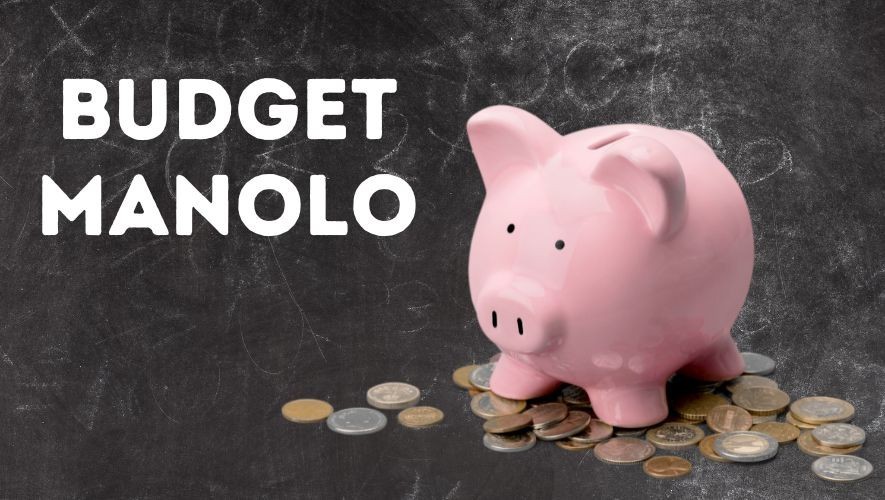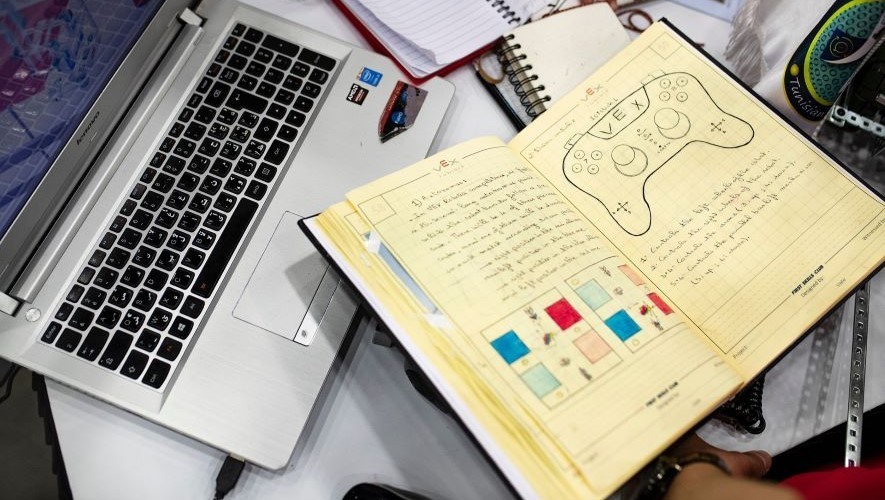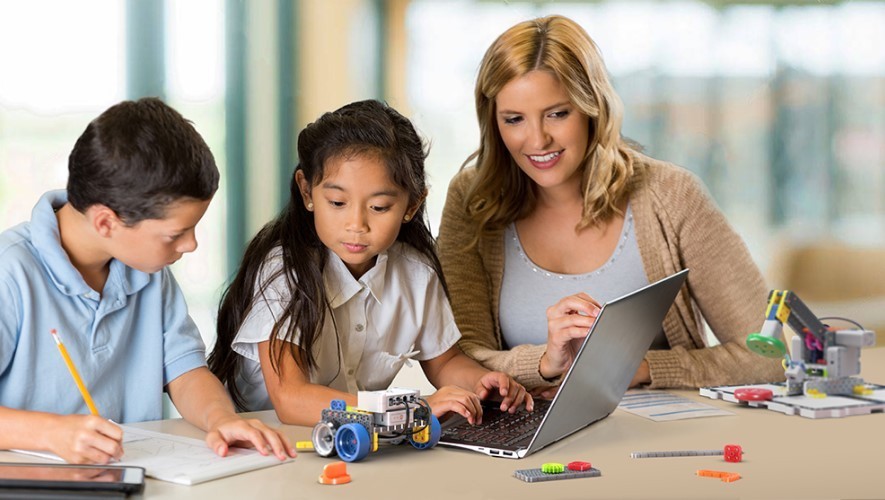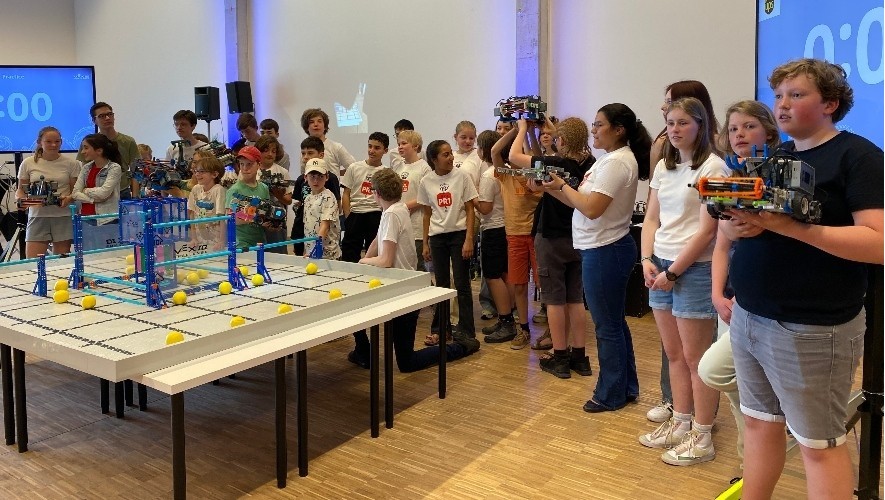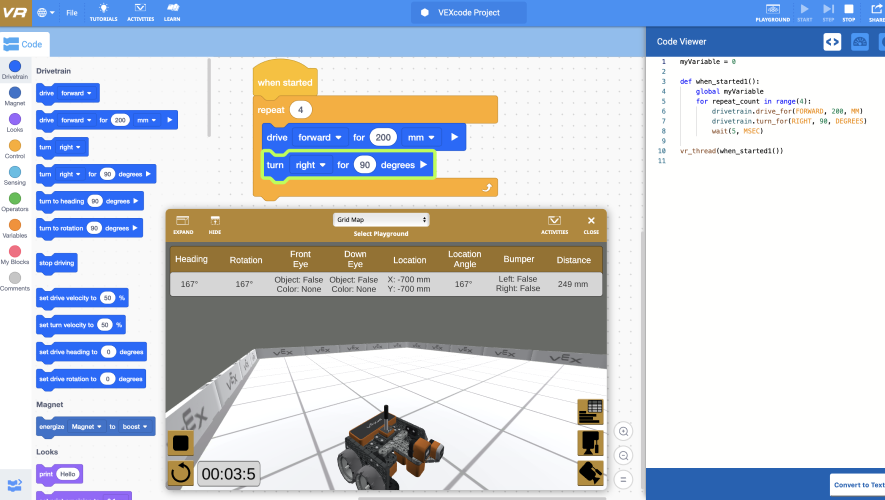Robotics? In school? What for?

Robots are everywhere - in the factories and on the fields, at the bottom of the sea and in space, in our gardens and living rooms. They are transforming so many aspects of our life, including education.
What is educational robotics
Educational robotics provides students with everything they need to easily build and program a robot capable of performing various tasks. Building a robot allows students to deepen their knowledge in math, mechanics, engineering and programming. Educational robotics is a great way to introduce STEM (Science, Technology, Engineering and Mathematics) in school, a teaching model designed to introduce science, mathematics and technology together and in which practice and hands-on approach takes over theory.
There are robotics kits for all age groups - from primary school to more advanced ones for secondary and higher education, - and the complexity of the kit and the activities are always adapted to the age of the students.
Why introduce educational robotics in school
Teaching with robotics increases class motivation and engagement. Kids love robots, because they are so cool!
Through play, educational robots help children at an early age develop one of the key cognitive capabilities: computational thinking -- the mental process we use to solve various problems through a sequence of actions.
And most importantly, educational robotics promotes the development of various skills that become more and more important in the 21st century:
- Experimentation. Trial and error: Discovering that mistakes are not definitive but that they lead to new conclusions is a valuable skill for the future.
- Teamwork: the group challenge approach encourages socialization and collaboration, by working in teams, kids understand that the outcomes they want to achieve are much more feasible if they work together
- Creativity: the search for solutions and the freedom to add new features to robots stimulate imagination and creativity.
- Self-esteem: succeeding in a new field enhances students' self-awareness.
- Self-evaluation: by being able to instantly see the results of their actions, without the need for an adult to tell them if they have done well or poorly, students learn to evaluate their own performance.
- Practical applications: the application of knowledge in math, physics or programming acquired at school motivates students to continue studying these subjects. A revealing fact: according to the European Commission, by 2022 there will be 825,000 job vacancies in Europe due to a lack of IT and ICT professionals. Robotics helps to build interest in science and technology, preparing students for the professions of the future.
